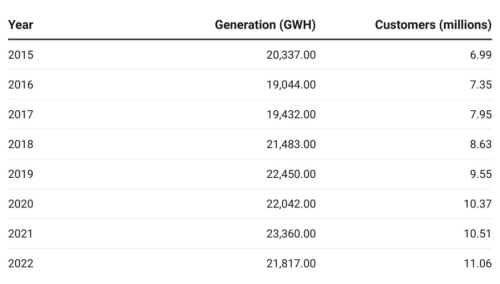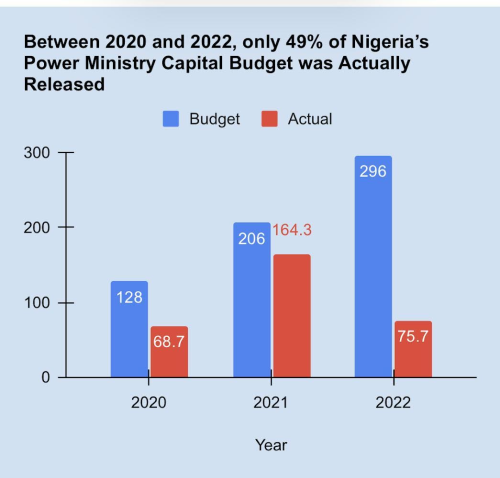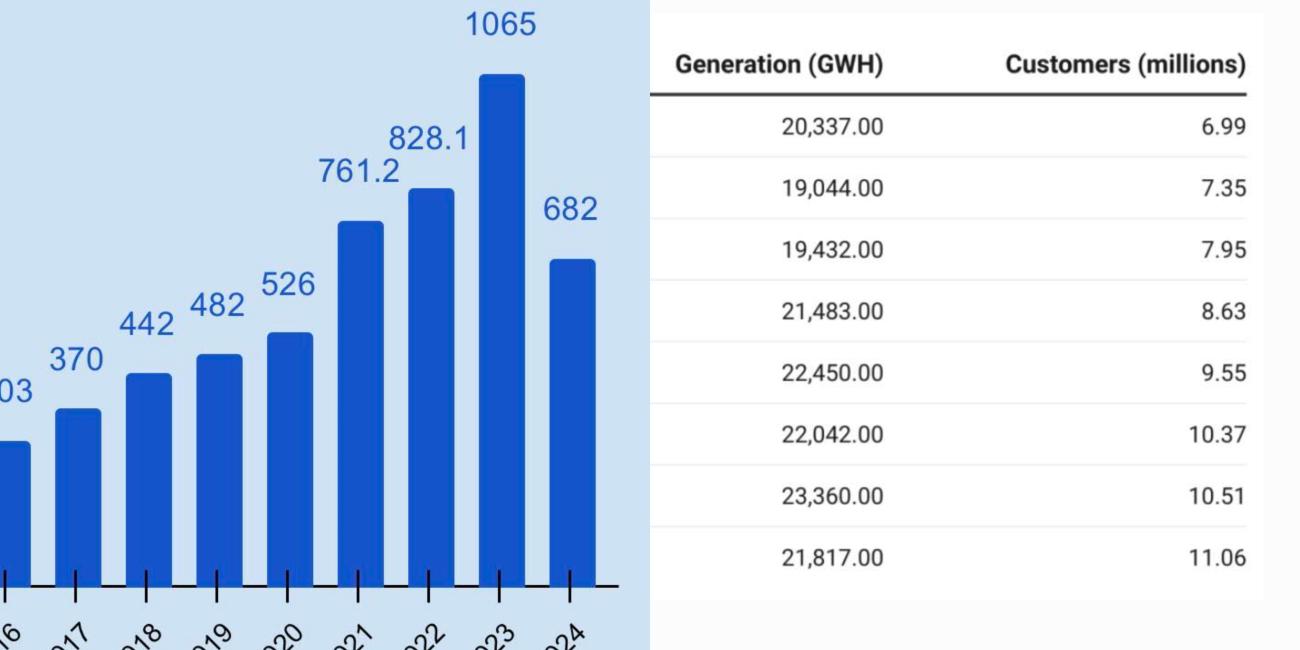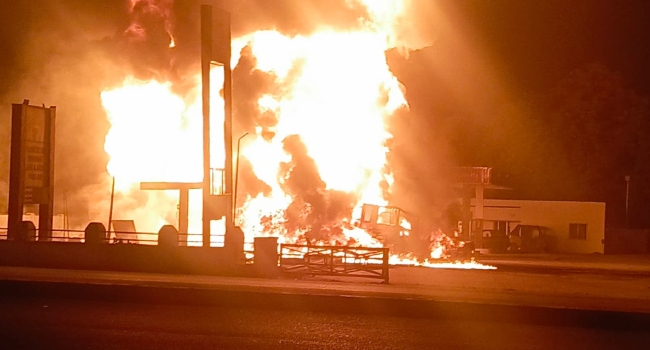A review by SaharaReporters has revealed that, since 2015, the Nigerian government, through distribution companies, has seen a significant increase in revenue. However, this financial growth has not translated into improved electricity supply.
In 2015, the revenue generated by distribution companies was N278 billion. By 2023, this figure had risen to N1.065 trillion, and for the first half of 2024, it reached N682 billion. Despite this consistent increase in revenue—which suggests that more customers are contributing to higher earnings—the amount of electricity available per customer has declined.
According to data from the National Bureau of Statistics, the number of customers in 2015 was 6.99 million, with 20,337 GWh of electricity generated. In 2016, the customer base grew to 7.35 million, yet power generation fell to 19,044 GWh. By 2017, the number of customers increased to 7.95 million, but power generation only rose slightly to 19,432 GWh.

In 2018, power generation surged to 21,483 GWh, coinciding with an increase in customers to 8.63 million. However, by 2023, although total generation reached 23,924 GWh, the customer base had grown to 12.118 million, indicating rising demand.
In the first and second quarters of 2024, 11,381 GWh of electricity was produced, yet the number of customers utilising this supply rose to 12.99 million. As a result, the generation capacity per customer fell from 0.002909 GWh in 2015 to 0.001974 GWh by mid-2024.
Additionally, only 49% of the Ministry of Power’s capital budget was released between 2020 and 2022. In 2020, N128 billion was allocated, but only N68.7 billion was disbursed. In 2021, N206 billion was budgeted, with only N164.3 billion released. For 2022, the budget was N296 billion, yet only N75.7 billion was made available.

The Nigerian Senate reported in 2015 that the country had spent N2.74 trillion on power from 1999 to 2015. A further report indicated that between 2018 and 2020, Nigeria expended N1.7 trillion on the power sector. Moreover, it was noted that over $7.5 billion was invested in transmission alone during Buhari’s administration, yet the persistent issues in the power sector remain unresolved.
These figures do not account for the N1.5 trillion lent by the Central Bank of Nigeria (CBN) to Generation Companies (GenCos) and Distribution Companies (DisCos), nor do they include recurrent budgets over the years.
The data clearly shows that while the demand for electricity among Nigerians is growing, the country’s generation capacity has failed to keep pace. Nigeria continues to grapple with challenges in the electricity sector, including frequent grid failures and inadequate infrastructure.
SaharaReporters.



